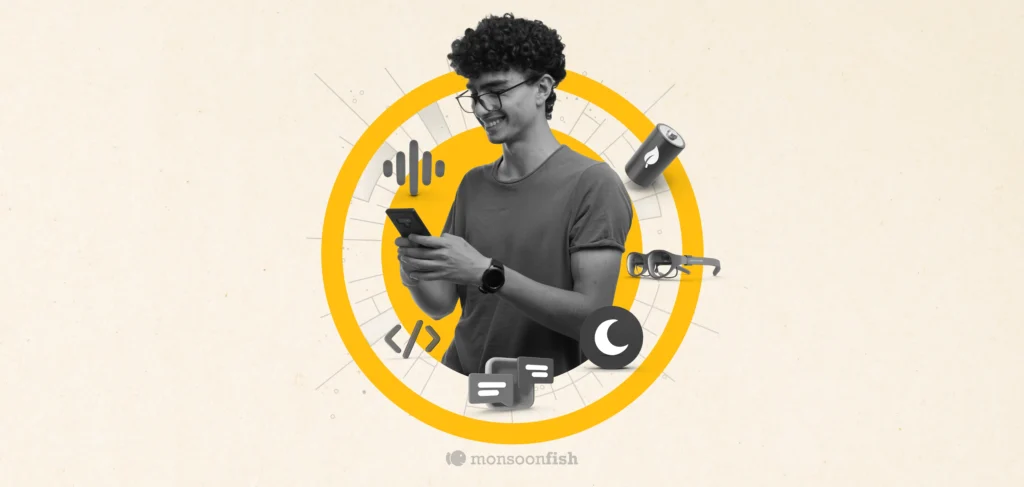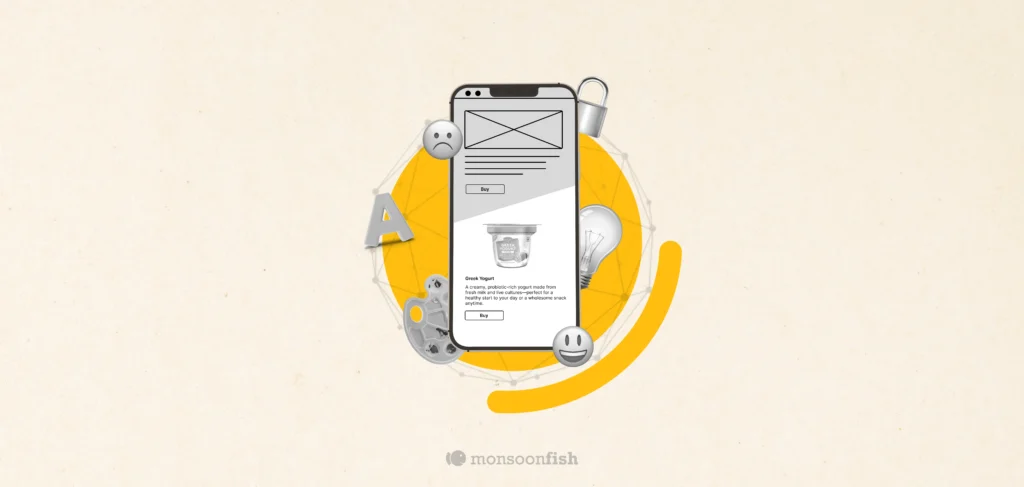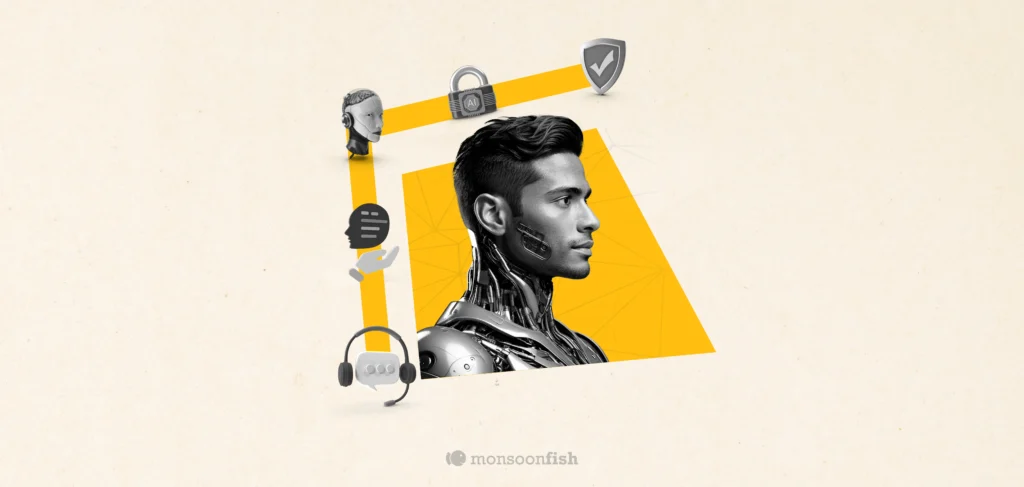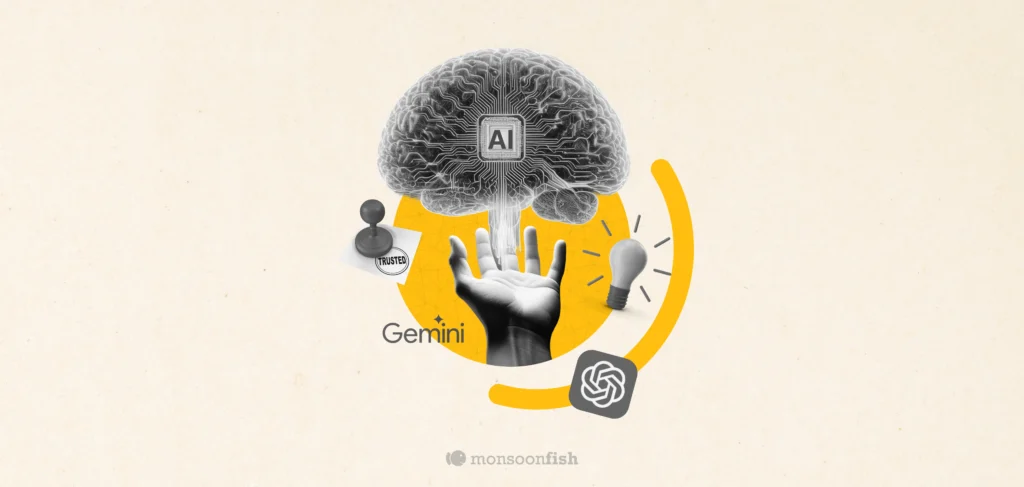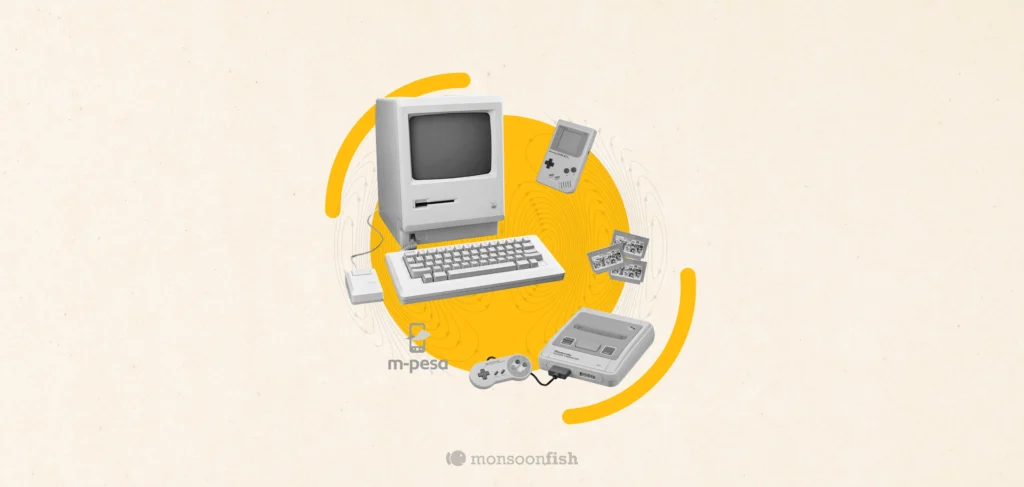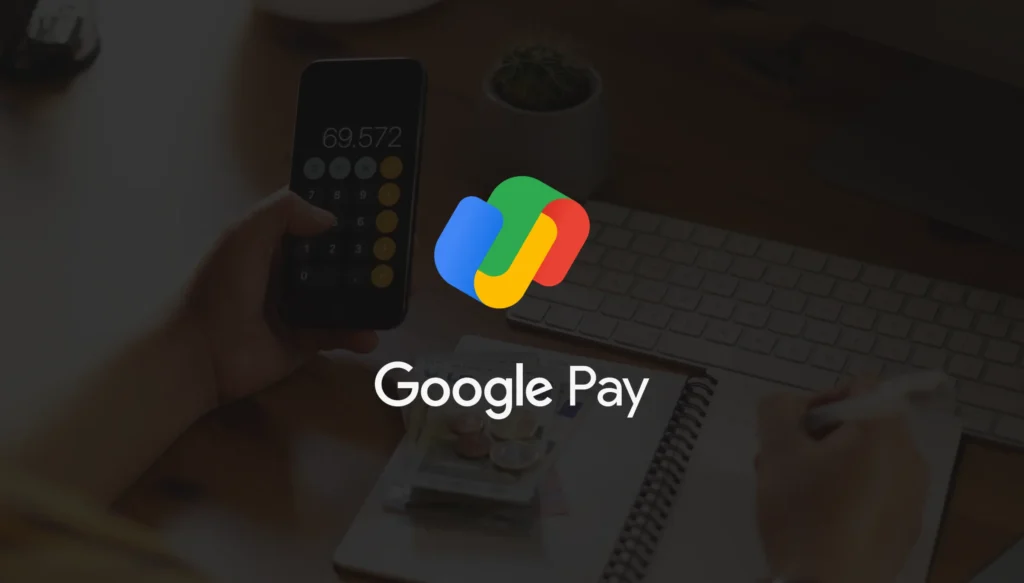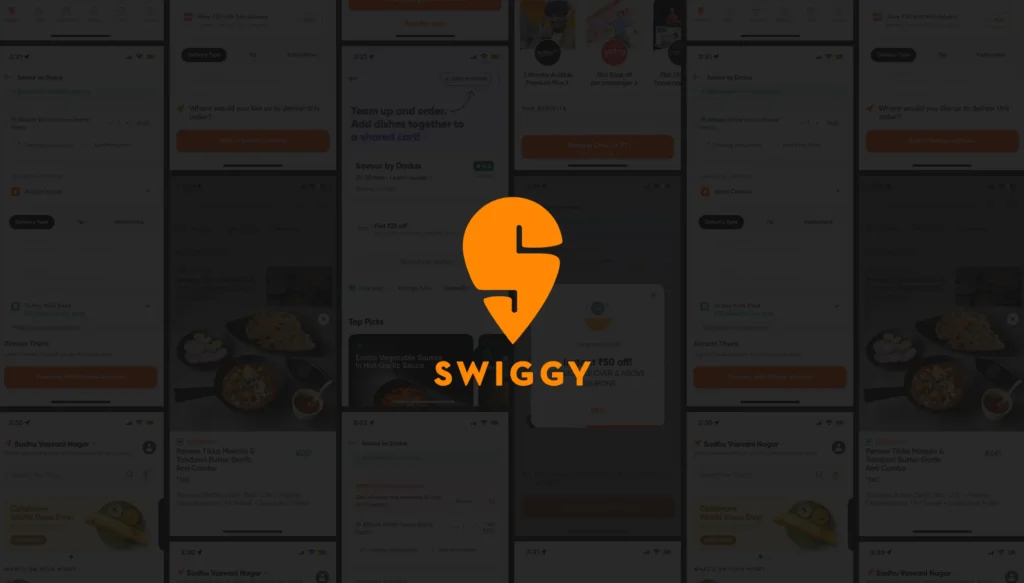The Need To Design Piracy In The World Of UX Designers
Design piracy for UX designers refers to knockoffs and imitations that plagiarise the intellectual property of the original creator.
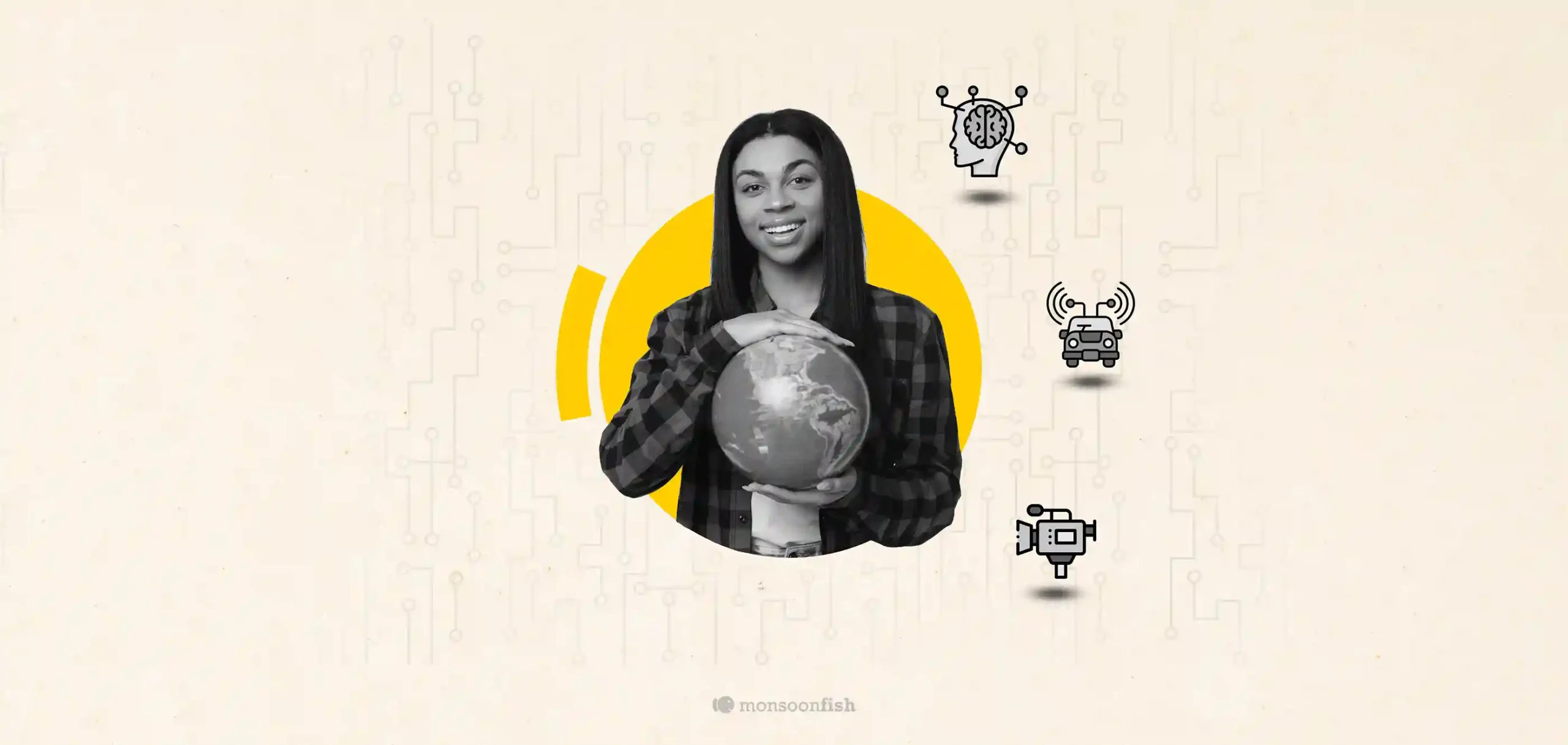
What is the concept of design piracy?
In simple terms, design piracy for UX designers refers to knockoffs and imitations that plagiarise the intellectual property of the original creator.
On eBay or Alibaba, you will find Yeezy, AirMax, and Supreme shirts, to name a few. They are pirated, sold at a low cost, and widely available. “Imitation is the strongest form of flattery,” as the saying goes, and despite being illegal, it is still widely practised.
Design piracy has been closely linked to the fields of industrial, fashion, culture, and literature design in recent decades. It’s always about a physical object.
However, what about designers’ intellectual property in UI/UX, a less tangible area of design?
UI/UX Design Piracy
Patented User Interface Design
Companies have been filing patents for their software creation in recent years. As the 2012 Apple vs Samsung saga demonstrated, patents help to win the legal battle over product originality.
 Apple, which is known for its sleek designs and devices, holds over 1,300 patents on physical products and user interfaces. Their patent covers a variety of topics, including how a button will appear on their phone, how the Apple Watch’s handwashing feature will appear, and more.
Apple, which is known for its sleek designs and devices, holds over 1,300 patents on physical products and user interfaces. Their patent covers a variety of topics, including how a button will appear on their phone, how the Apple Watch’s handwashing feature will appear, and more.
Is it still possible to establish copyrights for your UI design? Yes, to put it succinctly. When do you consider a design to be a copy? or is it genuinely unique in order to be eligible for a patent or copyright registration?
With this in mind, consider the following examples from common apps to see and appreciate what design piracy in UX design processes is.
A design for an e-commerce application.
Despite the fact that e-commerce apps are dense with knowledge, you will find that navigating between them is relatively simple. You should expect a ‘fixed’ interface and interaction from them all. Beginning with a “Search,” “Categories,” and their “Recent Sale.”
 They’re made to suit your personality. They recognise that you have come to shop, whether casually or with a specific purpose in mind. Users are still looking for the best deal in town, which explains why they have so many “Sales” cards.
They’re made to suit your personality. They recognise that you have come to shop, whether casually or with a specific purpose in mind. Users are still looking for the best deal in town, which explains why they have so many “Sales” cards.
A design that reflects an app for discovering new places to visit and things to do.
Similarly, when it comes to travel or experience apps, the big search bar that asks, “Where are you going?” is the first thing you’ll find. “How do I get there?” They recognise that you have a specific destination in mind and that your intention is always to discover what you can do in a particular location. There are applications that are designed to help you explore things that aren’t related to your original target.
 These are only a couple of examples. You’re on the right track if you see a trend here. They’re experimenting with the notion that “you can patent the expression of an idea, but not the idea itself.” The concept is manifested in the form of layout, iconography, fonts, or colours in this case.
These are only a couple of examples. You’re on the right track if you see a trend here. They’re experimenting with the notion that “you can patent the expression of an idea, but not the idea itself.” The concept is manifested in the form of layout, iconography, fonts, or colours in this case.
At the very least, we should expect goods to be based on a common idea rather than a blatant copy and paste.
Rethinking UI/UX Design Piracy
When high-profile sites and businesses dominate the market, they carry with them a range of predetermined user interactions. Should we take a break from our usual engagement?
“Double tap to like” became popular on Instagram, and it has since spread to Facebook, LinkedIn, and possibly a few other smaller platforms.
 Google’s Material Design, Twitter’s card component, and the list goes on and on all pay attention to the definition of card design.
Google’s Material Design, Twitter’s card component, and the list goes on and on all pay attention to the definition of card design.
Perhaps the most important quote that aligns with today’s digital era is “Form follows functions,” popularised by architecture and the industrial age.
If the “functions” are prioritised as a user requirement, the “type” that follows can look identical. As a result, uniqueness could not be the only solution for the best user experience or interaction.
Last Thoughts
Humans are creatures of habit, and modifying your own habits, let alone the habits of others, is difficult. Users are accustomed to such interaction behaviours and will often expect similar input (across different products) when they communicate with something, so design piracy in UI/UX is inevitable.
Localisation is what sets one app apart from another in terms of design.
Chinese apps are a clear example of an English app having a direct “sibling.” Weibo is Facebook. Zhihu is Quora. Xiaohongshu is Instagram. Weibo has it all, and it’s better than Facebook. They are built with the purpose of being used by local users.
 At the end of the day, we’re giving the consumer a better experience with our product. It’s not about how innovative the interaction or design is made by the UX designers, but about how it can assist them in achieving their target with less obstacles.
At the end of the day, we’re giving the consumer a better experience with our product. It’s not about how innovative the interaction or design is made by the UX designers, but about how it can assist them in achieving their target with less obstacles.
To know more about UX UI design services, visit Monsoonfish today!
CATEGORIES
